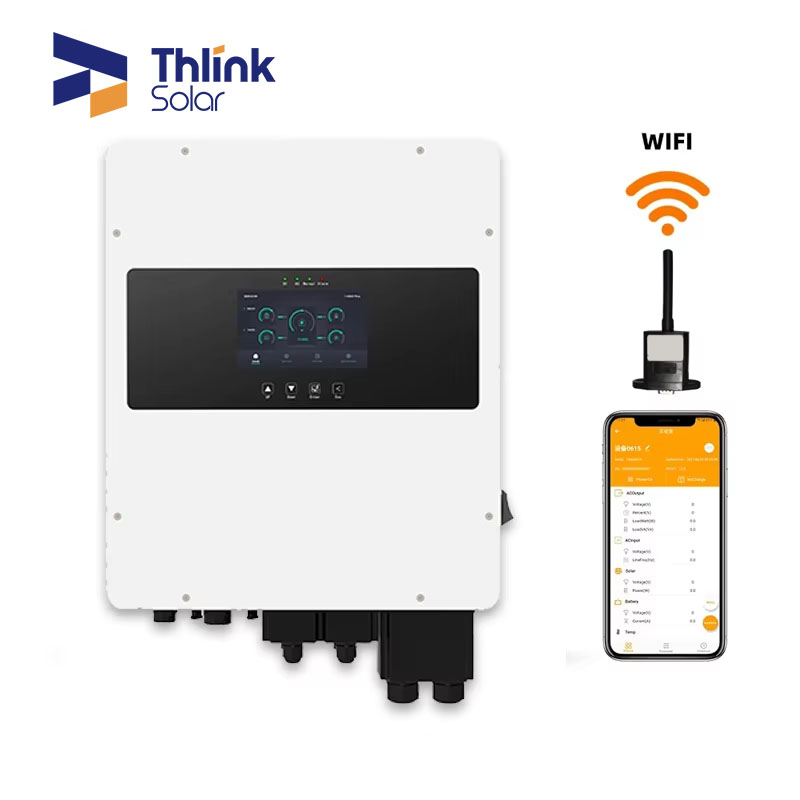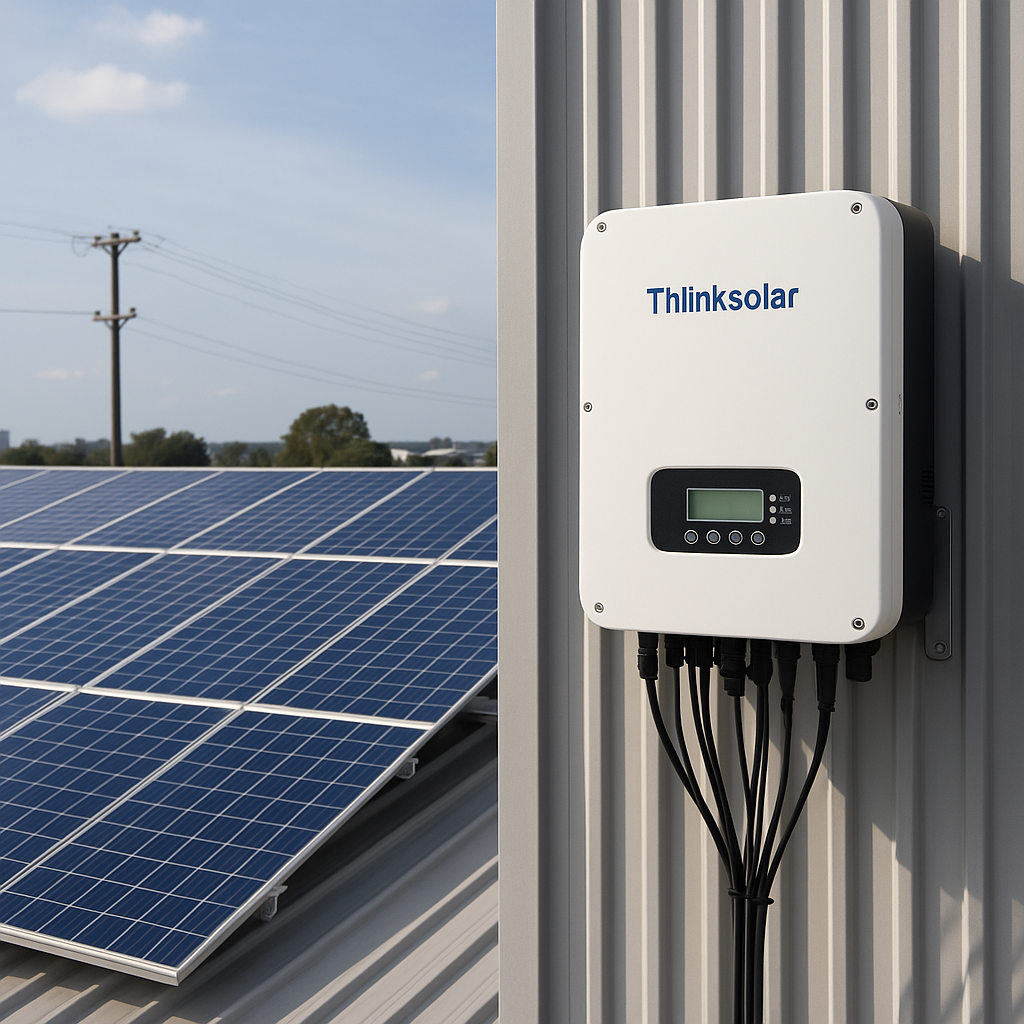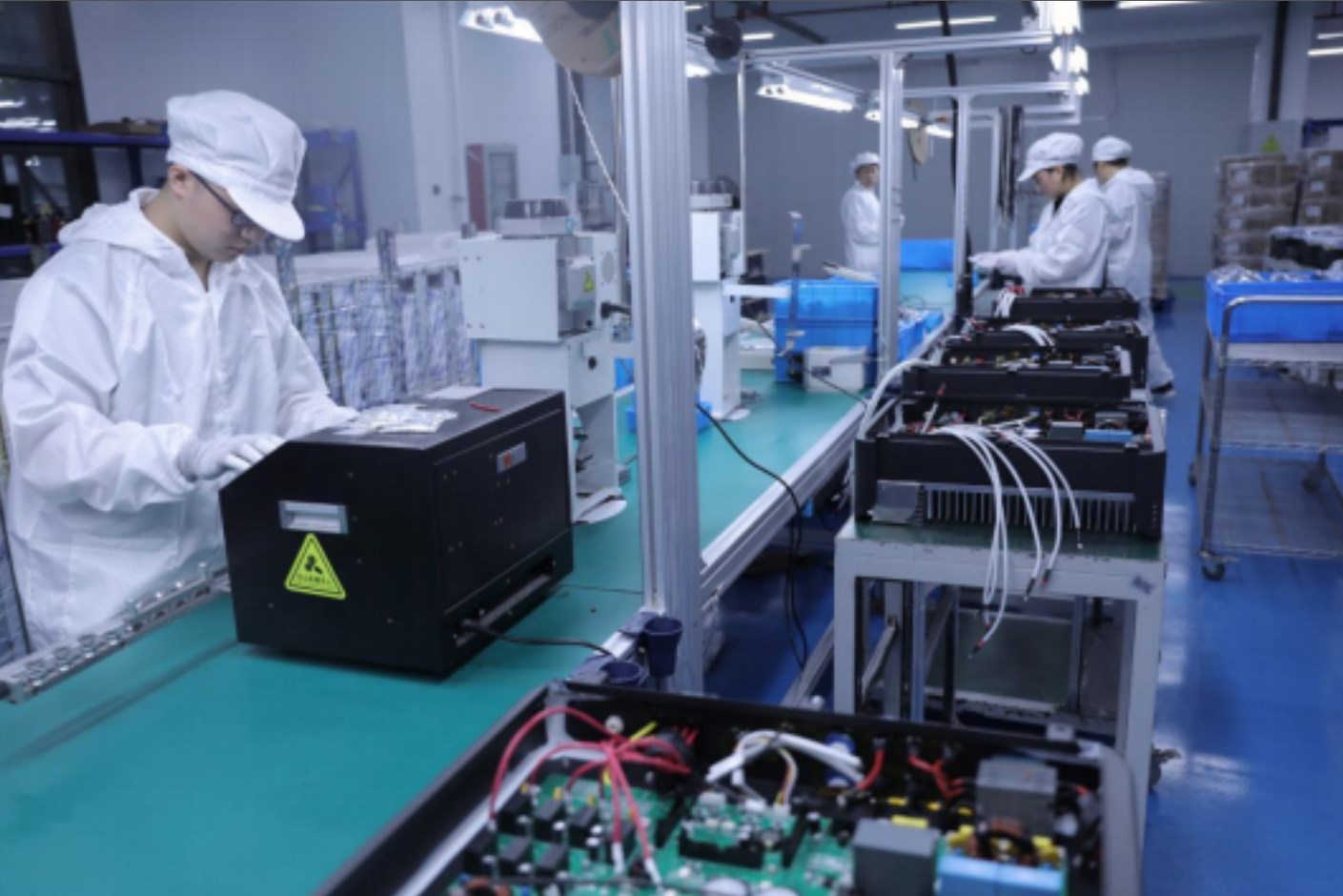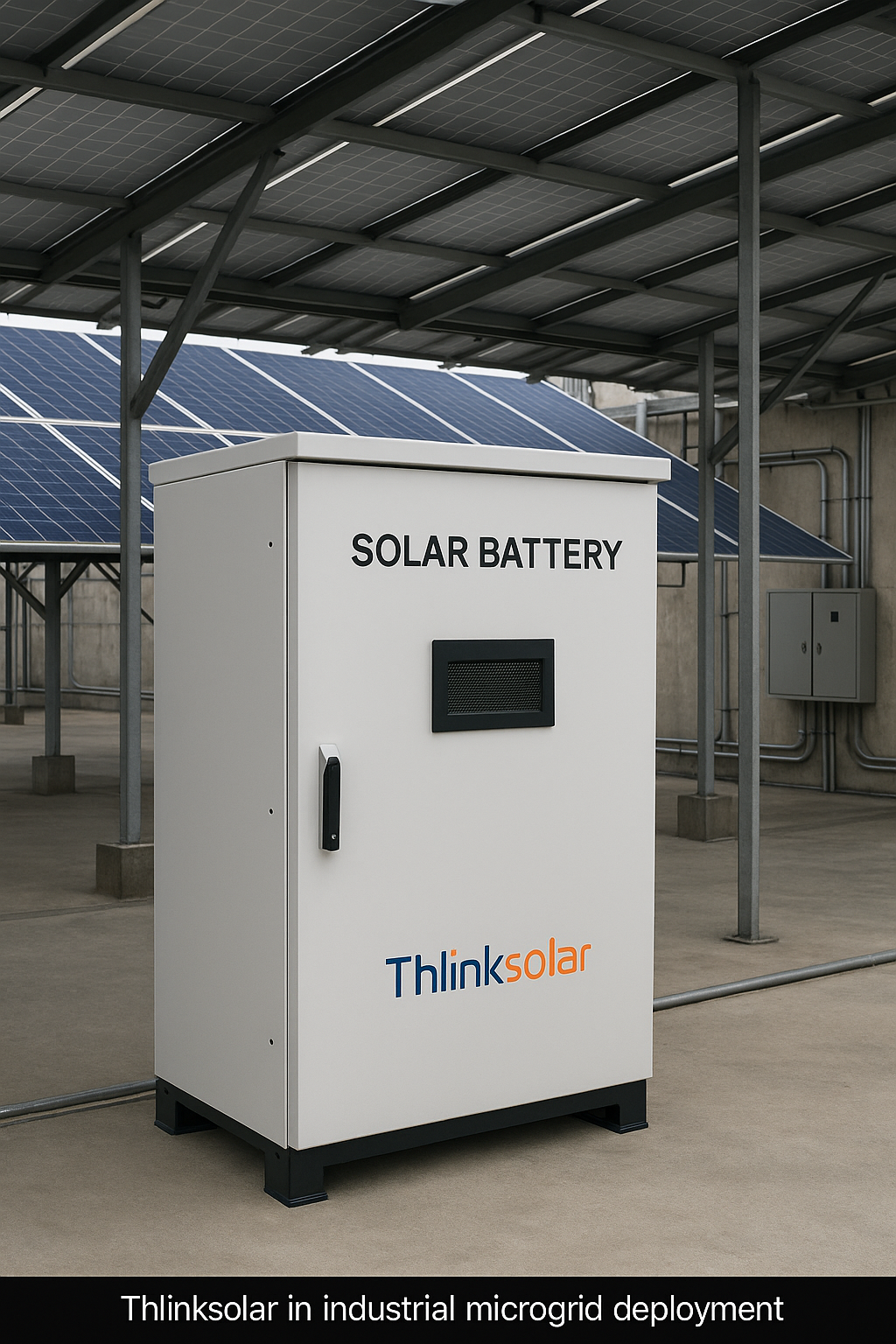
High Voltage, Low Error: Why Integration Starts at the Inverter
The Promise and Pressure of High-Voltage Systems
In large-scale solar and commercial storage projects, high voltage is the norm—not the exception. Whether operating at 1000V or 1500V, these systems allow longer strings, lower transmission losses, and more efficient BOS (Balance of System) costs. But the stakes are higher too: a single inverter fault can affect megawatt-class output, trigger cascading failures, or violate compliance thresholds.
That’s why choosing a high-voltage inverter partner is not just about capacity. It’s about engineering foresight, field safety, and system-wide risk mitigation.
What Makes a High Voltage Inverter Deployment-Ready?
High-voltage environments demand more than up-rated capacitors. At Thlinksolar, our inverter platforms are purpose-built to operate safely, efficiently, and intelligently under elevated voltages.
Key engineering attributes include:
-
Advanced thermal management to prevent overheat-induced shutdowns
-
Insulation coordination to protect power electronics from voltage surges
-
Fast-fuse and arc-fault detection for operator and asset safety
-
MPPT architecture optimized for long string design and utility-grade PV
Combined with global certifications (CE, TÜV, VDE, EN50549), Thlinksolar inverters meet both safety and interconnection mandates—simplifying permit approval and inspection.
According to IRENA, next-generation solar projects increasingly rely on voltage-optimized electronics to improve yield and lower system LCOE. High-voltage inverters play a critical role in making these designs bankable.
Factory Integration That Enables Field Stability
High-voltage systems are sensitive to integration inconsistencies. Every Thlinksolar inverter undergoes:
-
Grid + storage simulation testing up to 1500V
-
High-voltage insulation and leakage protection validation
-
HMI + remote diagnostics for live error resolution
-
OEM firmware support to align with BMS or third-party EMS
Our vertically integrated factory ensures end-to-end control over component quality, software logic, and production repeatability—essential when every project MWh counts.
Use Cases Where High Voltage Isn’t Optional
-
Industrial rooftop PV with 1000V string architecture and dynamic load
-
Utility-scale ground-mounts requiring long DC bus lines and low energy loss
-
Solar + BESS deployments integrating high-voltage lithium packs
-
Export-sensitive microgrids requiring UL/VDE inverter certification
In these systems, selecting the wrong inverter could result in grid trip-outs, overheating, or certification failure. Thlinksolar offers deployment-tested SKUs engineered specifically for these environments.
Engineering Collaboration, Not Just Equipment Supply
We understand that high-voltage systems are only as good as their weakest link. That’s why our team supports:
-
Electrical layout optimization to reduce cable stress
-
Custom labeling and branding for OEM and channel programs
-
Commissioning guides and on-site validation where required
-
Post-installation diagnostics, with bilingual tech teams ready to assist
As highlighted by the Energy Storage Association (ESA), hybrid-ready, high-voltage electronics will define the success of next-generation commercial energy hubs.
High Voltage Requires a Higher Standard of Support
High-voltage projects amplify both system potential and project risk. They demand inverter partners who deliver not only certified hardware—but also full-scope engineering insight and delivery reliability.
With over a decade of global project experience, Thlinksolar supports integrators, EPCs, and OEM brands with the tools and trust needed to scale high-voltage systems confidently.
To plan your next HV deployment with smarter support and certified technology, connect with our technical team or explore product documentation at thlinksolar.com.



